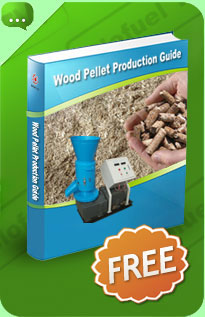Pelleting Equipment
Pelleting equipment has been witnessed a historical development. The conversion of wood co-products, principally sawdust, into little fuel pellets that may be employed in automated stoves and boilers has been creating over the last couple of decades to the point where it can be now a key enterprise inside the world. The pellets, normally 6-8 mm in diameter, are formed by extrusion by way of tapered holes in circular dies in pelleting equipment at throughputs of between 1 and 12 tonnes per hour typically situated at sawmills to generate tens of thousands of tonnes of pellets per year.
In Europe there are numerous wood employing companies that generate much less than a thousand tones of timber co-products per annum and such pelleting equipment are far too huge and uneconomical at this scale. You will find smaller mills that will procedure 100-500kg/hour, this is still in excess of the supply of numerous little companies and these tend to be unable to cope with an inconsistent material (a range of diverse species of hardwoods and softwoods). Despite the fact that this might be converted to briquettes, for some reasons this marketplace has by no means developed within the UK whilst there's an growing demand for pelleting equipment.
The success in creating pellets has proved in principle the simple style of pelleting equipment. Even so, a working prototype would will need to incorporate specific style modifications. It was discovered the slide was extremely difficult to move right after compression along with a lever program had to be set up. A production model would will need to have a mechanically driven automated arrangement operating in synchrony with the compression piston in pelleting equipment. Particular lengths of pellets had been discovered to interfere with the operation of the slide. This ought to effortlessly be rectified by redesigning the slide and exit port of pelleting equipment. Variability in pellet length is possibly caused by bridging and variable back pressure from material within the compression chamber causing sawdust to push up into the hopper. This might be overcome, for pelleting equipment, by pushing a number of smaller amounts into the compression chamber as illustrated within the softwood, spruce/pine 120mm result.

